Don't Leave Water Out of Fashion's Sustainability Conversation
"We can’t survive without water, let alone produce clothes."
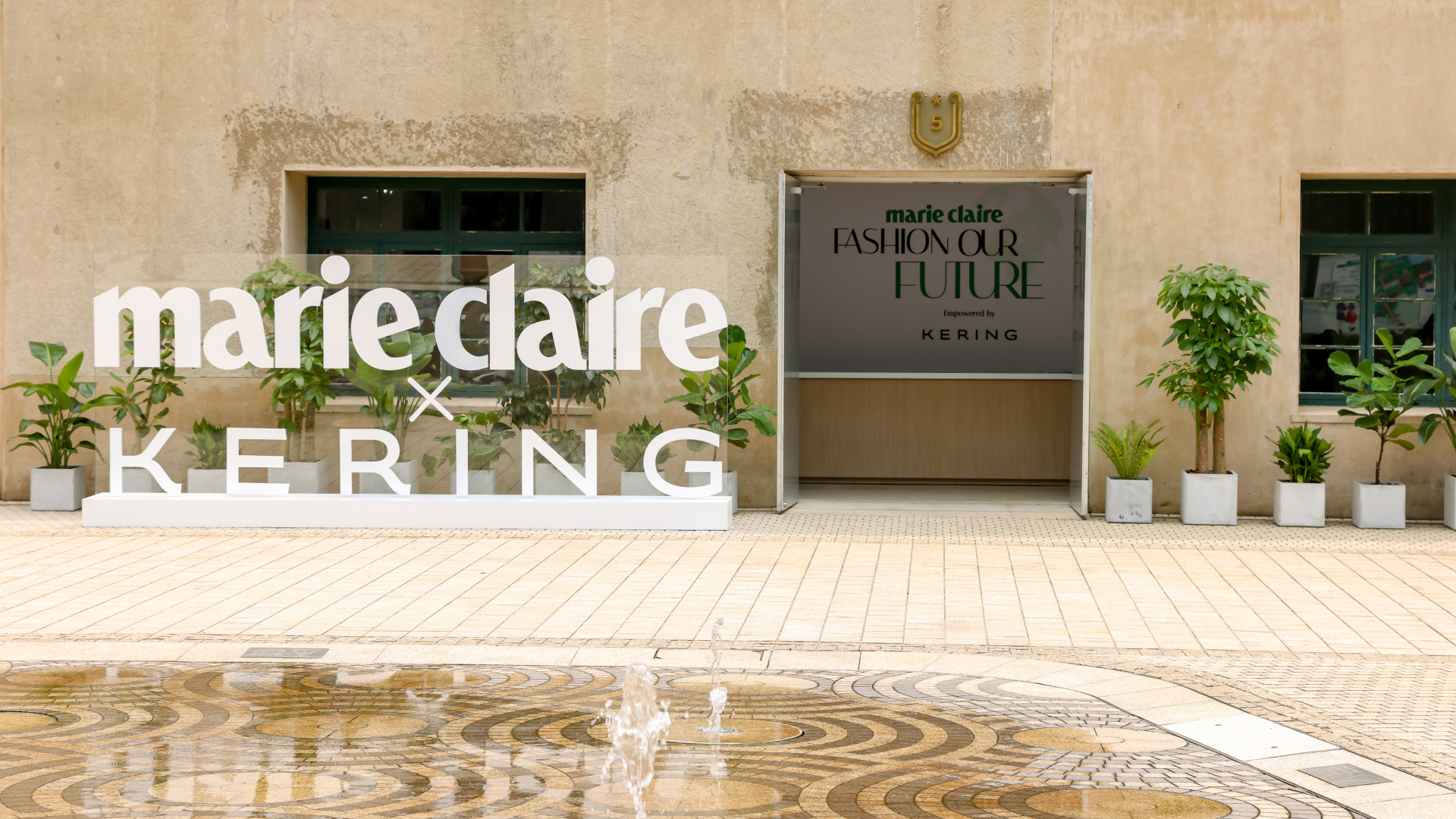

The fashion industry is the second-largest global consumer of water, after agriculture, according to Amy David, clinical professor of supply chain and operations management at Purdue. In other words, water must be at the forefront of conversations about sustainability and fashion—and Marie Claire made sure of that this summer, hosting in collaboration with Kering our Fashion Our Future event in Shanghai, where experts delved into Kering’s water-positive strategy.
"It's not just about saving or reducing water use. It's about creating positive impact—restoring and regenerating ecosystems,” Jinqing Cai, president of Kering Greater China, explained at the event, noting that its water-positive strategy expands upon past work in climate, biodiversity, and circularity. As part of the initiative, Kering aims to achieve a net-positive water impact (meaning, leaving water systems in a better state than before), with plans of action including the establishment of water resilience labs in 10 key basins by 2035, as well as encouraging partners and startups to collaborate on innovation.

Jinqing Cai, president of Kering Greater China, speaking at the Fashion Our Future event.
This critical conversation at Fashion Our Future underscores the pivotal role water plays in the fashion industry. "There is a tendency to hyperfixate on carbon emissions when measuring sustainability outcomes due to our focus on climate impacts," says Kathleen Talbot, Reformation’s chief sustainability officer and VP of Operations. "But we as a planet are consuming fresh water faster than nature can replenish...We can’t survive without water, let alone produce clothes.”
Water is involved in almost every stage of the fashion supply chain. “At the raw material level, it’s required for irrigating and cultivating crops like cotton, as well as processing other natural fibres,” explains Maria Srivastava, chief impact officer at PANGAIA. After the materials are transformed, water is then used in dyeing, bleaching, cooling, cleaning, and printing. “Even once a product leaves the factory, water continues to play a role in how it is used and cared for, particularly through washing, which is both water and energy-intensive and contributes to microfiber pollution entering our waterways."
Water also plays a critical role in climate justice. “When you think about where supply chains exist, many of them are in regions that are already facing water scarcity,” says Dana Davis, the former vice president of sustainability at now-shuttered fashion brand Mara Hoffman. “So, if we're using massive amounts of water in those areas for dying and finishing, we're competing with local communities for drinking water or farming needs.”
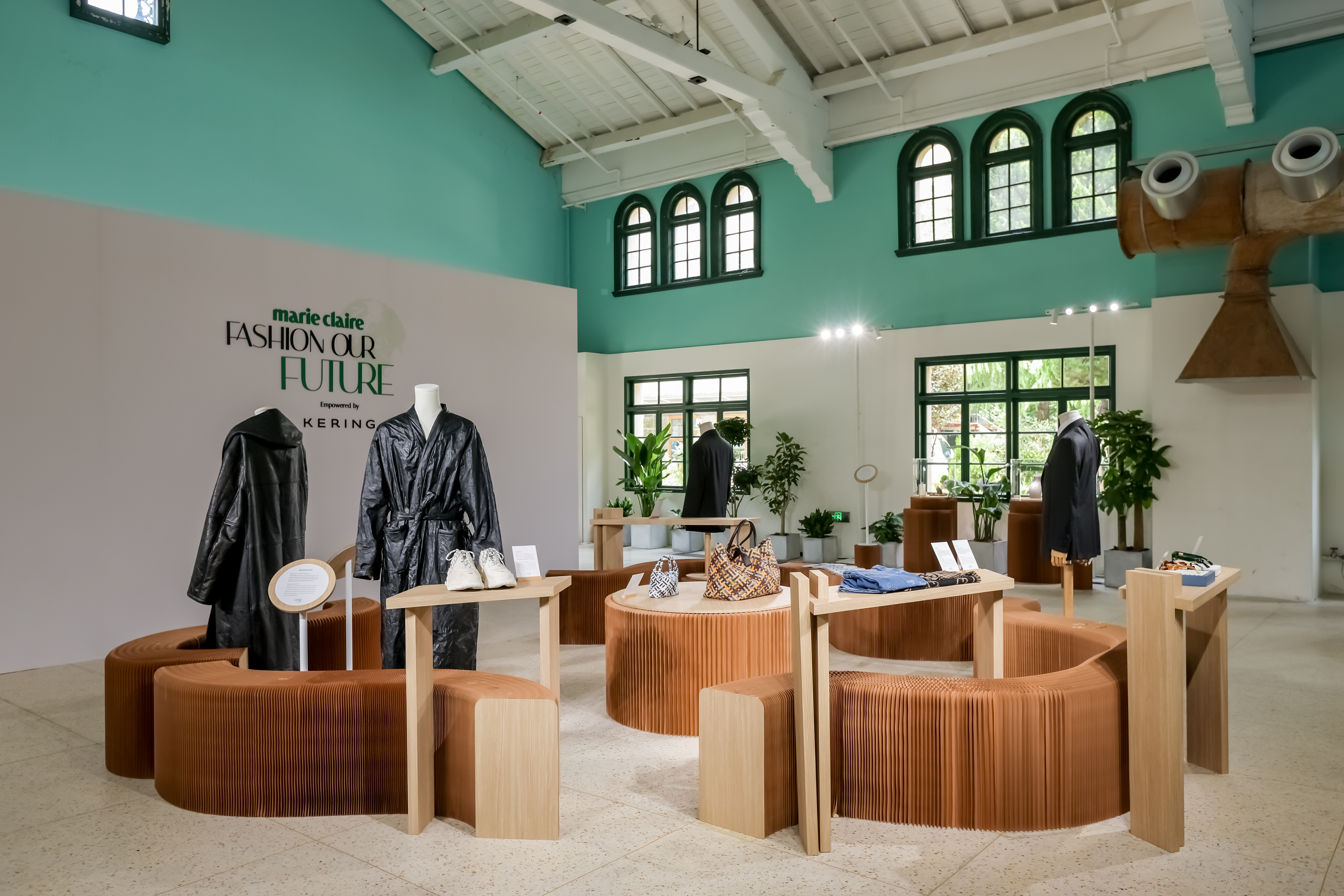
Then there’s pollution to take into consideration. “Whether it's effluent water runoff from facilities that aren't treating their water properly, or runoff from pesticides and cotton farming, there's that level of pollution,” Davis adds. And due to climate change, water is becoming increasingly scarce and unpredictable, particularly with the rise in droughts and flooding. “As the industry's demand for water becomes higher, we're putting stress on regions that are already facing water crises, and just creating more challenges within water streams."
Fortunately, some labels are making a positive impact—one being Reformation, a leader in eco-friendly clothing. “So far this year, we’ve been able to reduce our water footprint per unit of clothing by nearly 10 percent compared to 2024,” Talbot explains. “These savings largely come from swapping conventional silk for less water-intensive alternatives, like our satin fabric made with Naia™ Renew.”
Get exclusive access to fashion and beauty trends, hot-off-the-press celebrity news, and more.
PANGAIA, too, is making strides, tracking its water footprint across its supply chain. Currently, the company is working to reduce consumption by 5 percent from its baseline year. PANGIA is also rethinking the raw materials it uses to design, pioneering more sustainable options. “Earlier this year, we launched (gaia)PLNT Nylon, a next-generation performance fabric made using castor beans, a resilient crop that thrives in arid regions with minimal water requirements,” Srivastava says.
While companies are responsible for implementing these types of sustainable practices, consumers should do their homework on the water usage of their favorite brands, according to Joyce Hu, co-founder of the Sustainable Fashion Alliance. “Once you do the education, you can purchase consciously and buy from brands that you believe in.”
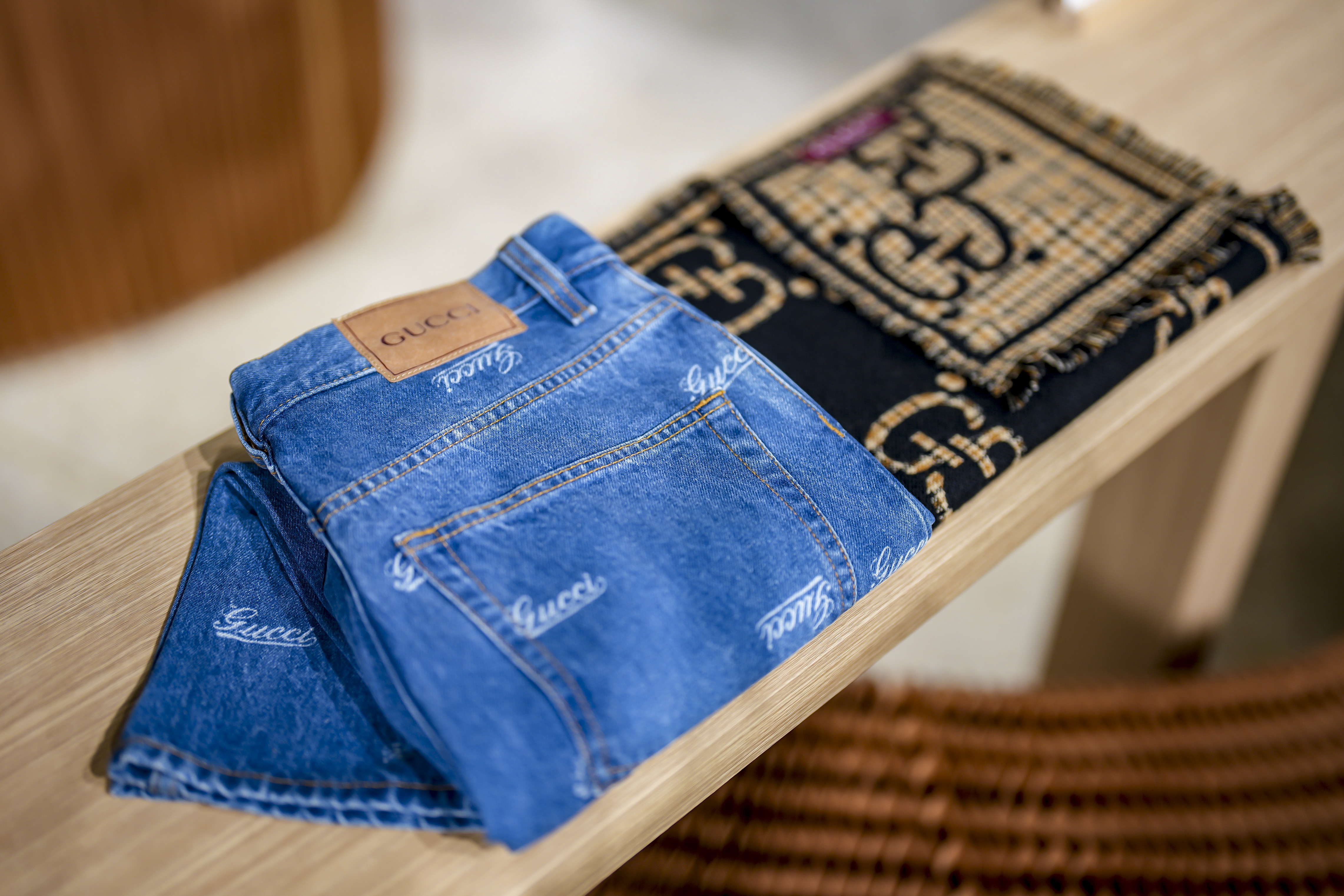
Where to start your research? Know more about the materials you’re buying. Reformation, for example, shares RefScale data at the bottom of every product page, which provides the estimated amount of CO2 emissions and water required to make the piece of clothing compared to conventional clothing in the U.S. “Ref’s Fiber Standards are a good primer on the pros and cons of some of the most standard materials used in fashion as well as our preferred fibers,” Talbot shares, adding that conventionally grown and virgin cotton, cashmere, and silk are notoriously water intensive. She suggests looking for recycled, regeneratively grown, and next-gen substitutes.
Another piece of advice for shoppers: “If you are looking to buy new or second-hand, you can look for sustainability certifications as a starting point, some of which explicitly seek to integrate responsible water management practices," says Beth Jensen, chief impact officer at Textile Exchange, offers. She points to the 2025 Materials Market Report released this month by Textile Exchange as one report to reference. “Overall, choosing to purchase products made with fibers and materials which are certified to one of these sustainability programs is a good way to support the protection of our precious water resources and preserve the health of our ecosystems.”
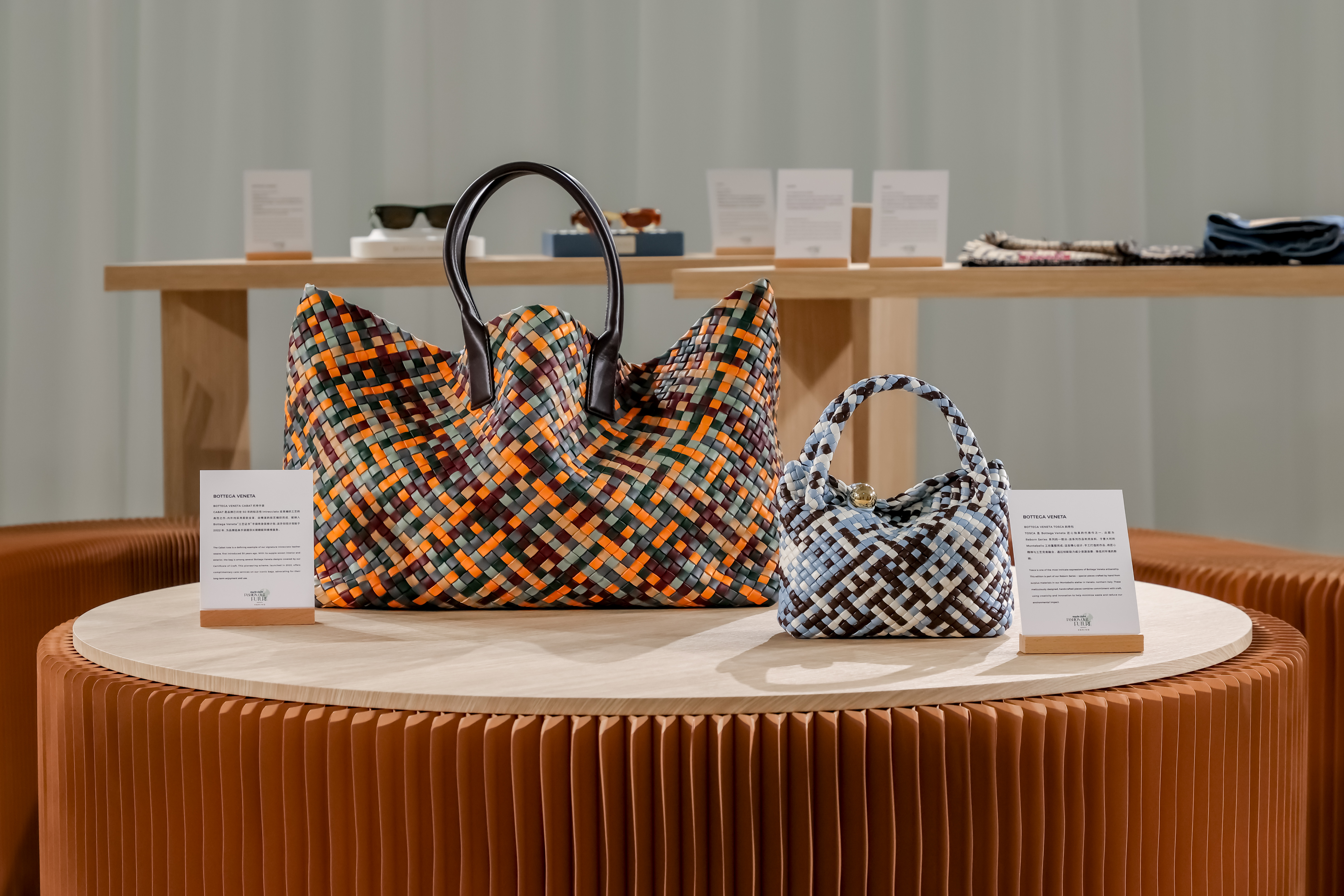
Buying from second-hand sites like ThredUP, Poshmark, and Depop is also an environmentally friendly option, as it reduces water usage associated with manufacturing new products, notes David. Case in point: Since ThredUp's inception in 2009, the company has kept more than 250 million items in circulation and has helped conserve 11.5 billion gallons of water, as shared with Marie Claire.
Of course, the work must continue after purchasing said items. Talbot says you can save water by washing your clothing less, which, in turn, will help the pieces last longer. While it’s tricky (and, you know, unsanitary) to avoid washing your intimates and workout apparel, when it comes to sweaters and denim, she encourages consumers to spot treat and place them in a bag in the freezer to deodorize them. And as for getting your clothing professionally cleaned? “Garments that are sold with “dry clean only” instructions also affect water as the dry cleaning process can cause groundwater pollution through the solvent perchloroethylene (PERC), which poses toxicity risks to wildlife and humans,” says Lisa Bergstrand, the founder of Bergstrand Consultancy, which helps brands create sustainability strategies.
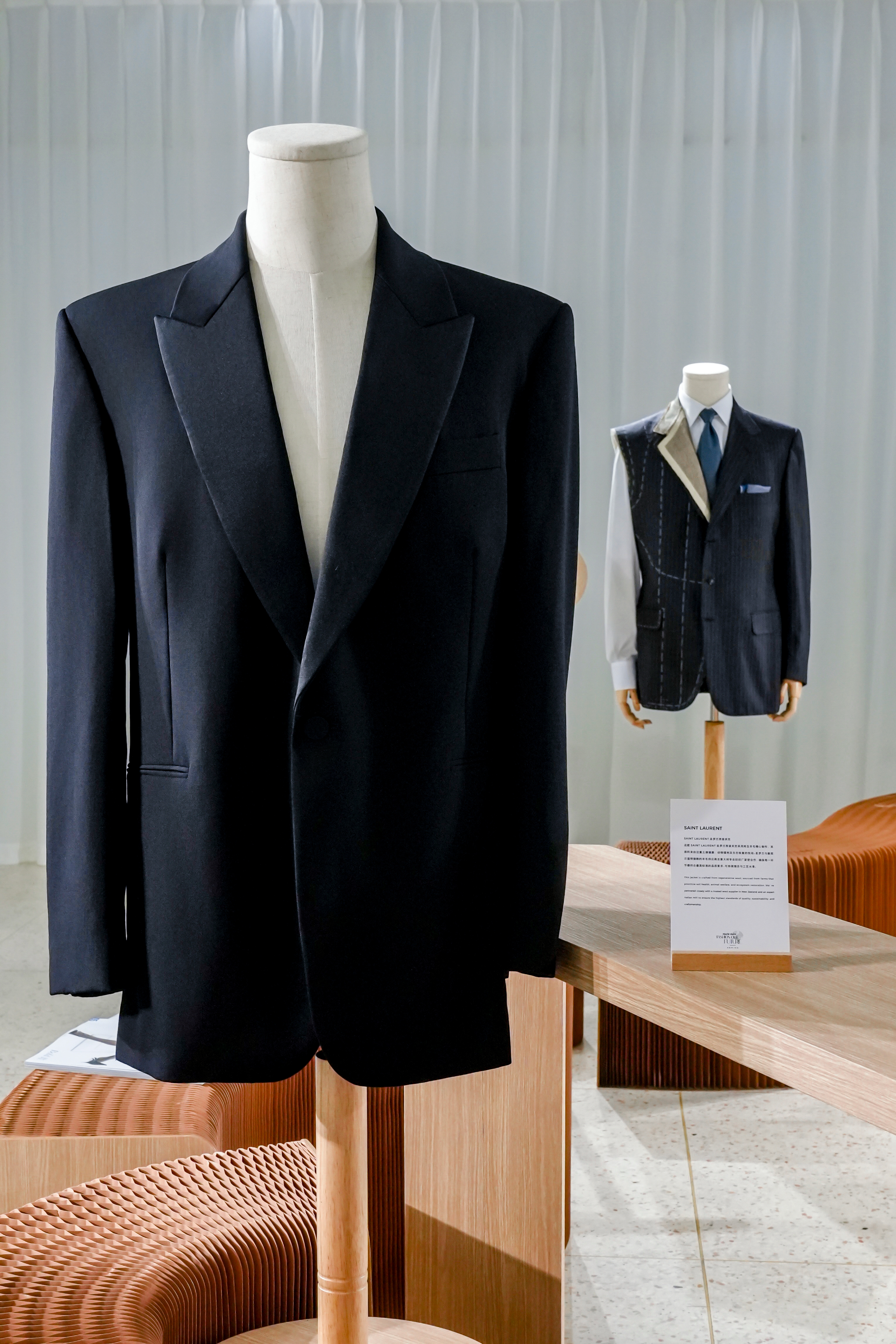
It doesn’t need to be Earth Month to implement sustainable habits in your everyday life. The steps above are relatively simple ways to create change. Educating yourself, and remaining informed, is critical. Per speaker and artist Danful Yang, who spoke at Fashion Our Future: “Events like [these] can help educate people on these issues."

Kelsey is a fashion and beauty writer with over five years of experience. Her work has appeared in The Zoe Report, Refinery29, Glamour, InStyle, Travel + Leisure, Byrdie, and Page Six.